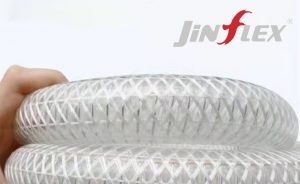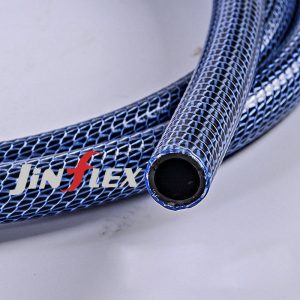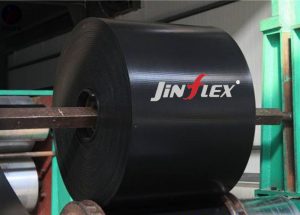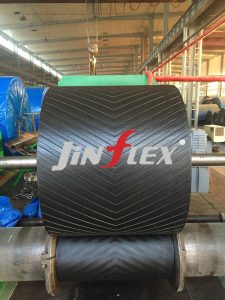In modern industry, fiber braided water pipes and oil pipes are both important fluid transmission tools, but they have significant differences in performance.
Fiber braided water pipe:

The main task of water pipes is to transport clean water, sewage or other liquid media. Therefore, the first emphasis on performance of fiber braided water pipes is corrosion resistance and water resistance. Its material is usually made of fiber that can resist the erosion of various chemicals in the water, ensuring that the water pipe is not easily corroded during long-term use. At the same time, water pipes also need to have good sealing and pressure resistance to ensure the stability and safety of liquid transmission.
Fiber braided oil pipe:
Unlike water pipes, oil pipes are mainly used to transport fuels such as petroleum and diesel or oily media such as lubricating oil. Therefore, fiber braided oil pipes pay more attention to high temperature resistance, oil resistance and antistatic properties in terms of performance. Oil pipes need to withstand high temperatures and pressures, so their materials must have high heat resistance and pressure resistance. At the same time, because oil media is flammable and explosive, oil pipes also need to have antistatic properties to prevent static electricity accumulation from causing fires or explosions.

To sum up, the performance difference between fiber braided water pipes and oil pipes is mainly reflected in corrosion resistance, water resistance, high temperature resistance, oil resistance and antistatic properties. Choosing fiber braided pipes suitable for different media is crucial to ensuring the safety and stability of fluid transmission.


